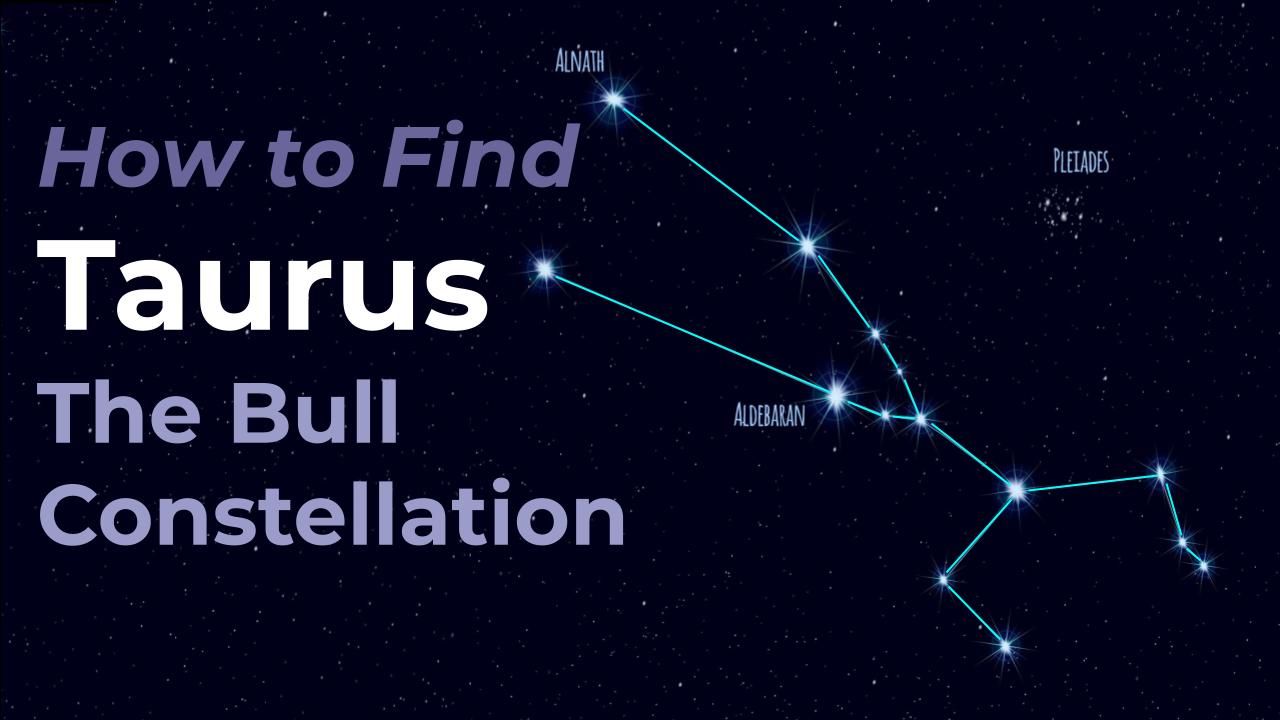Taurus the Bull Constellation
May 07, 2020
Taurus is a constellation that has fascinated many for thousands of years and is one of the oldest to be observed by humans. The earliest records of Taurus date back as far as 17,000 years to the Caves of Lascaux in Montignac, France. These caves contain many ancient paleolithic cave drawings, including bulls, bears, crows, unicorns plus much much more. This drawing is thought to be of Taurus because it contains the star cluster known as the Pleiades. These caves were discovered in 1940 by a group of teenage boys exploring the area, and at one time it attracted many visitors to this unique spot. But with the onslaught of so many people visiting this World Heritage Site, the caves began to have mold, lichen and fungal contamination problems, and only a few scientists and historians are allowed within the site.
Other cultures throughout history have also seen a bull in the stars. To the Sumerians, Taurus may have represented the Bull of light dating back to 3500 BC. The Golden Calf of the Israelites may have also been a representation of Taurus. Taurus is depicted in one of the earliest works of literature called the Epic of Gilgamesh, where the goddess Ishtar sends Taurus, the Bull of Heaven to battle Gilgamesh for refusing her advances. In this Mesopotamian legend, Gilgamesh is thought to where Orion sit now in the sky, and Taurus is situated right next to this constellation as these two face each other in battle.
In ancient Egypt, the bull was associated with the deity called Apis. Apis was a actual bull that was chosen as the earthly vessel of the God Osiris, the god of the afterlife. On the death of each Apis,, the spirit of Osiris transferred itself to a successor. This sacred bull has specific markings and characteristics, and when this animal was identified, it became an object of reverence and sacrifice.
And while Taurus has a very colorful mythological past, the region itself in the sky is full of interesting celestial objects. The Pleaides and Hyades star clusters are always worth a view through a telescope. Messier 1 (M1), also known as the Crab Nebula, is an ancient remnant of an exploded star called a supernova that was recorded in our skies in 1054 AD by Chinese astronomers.

